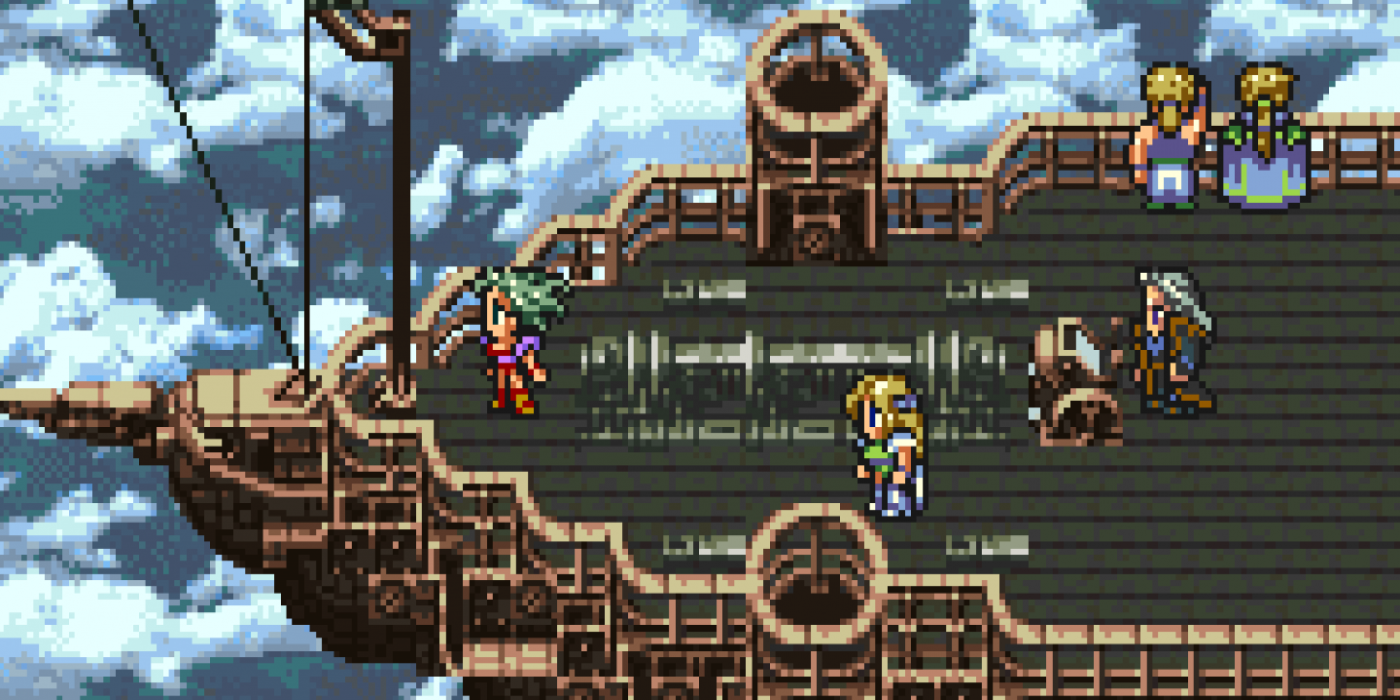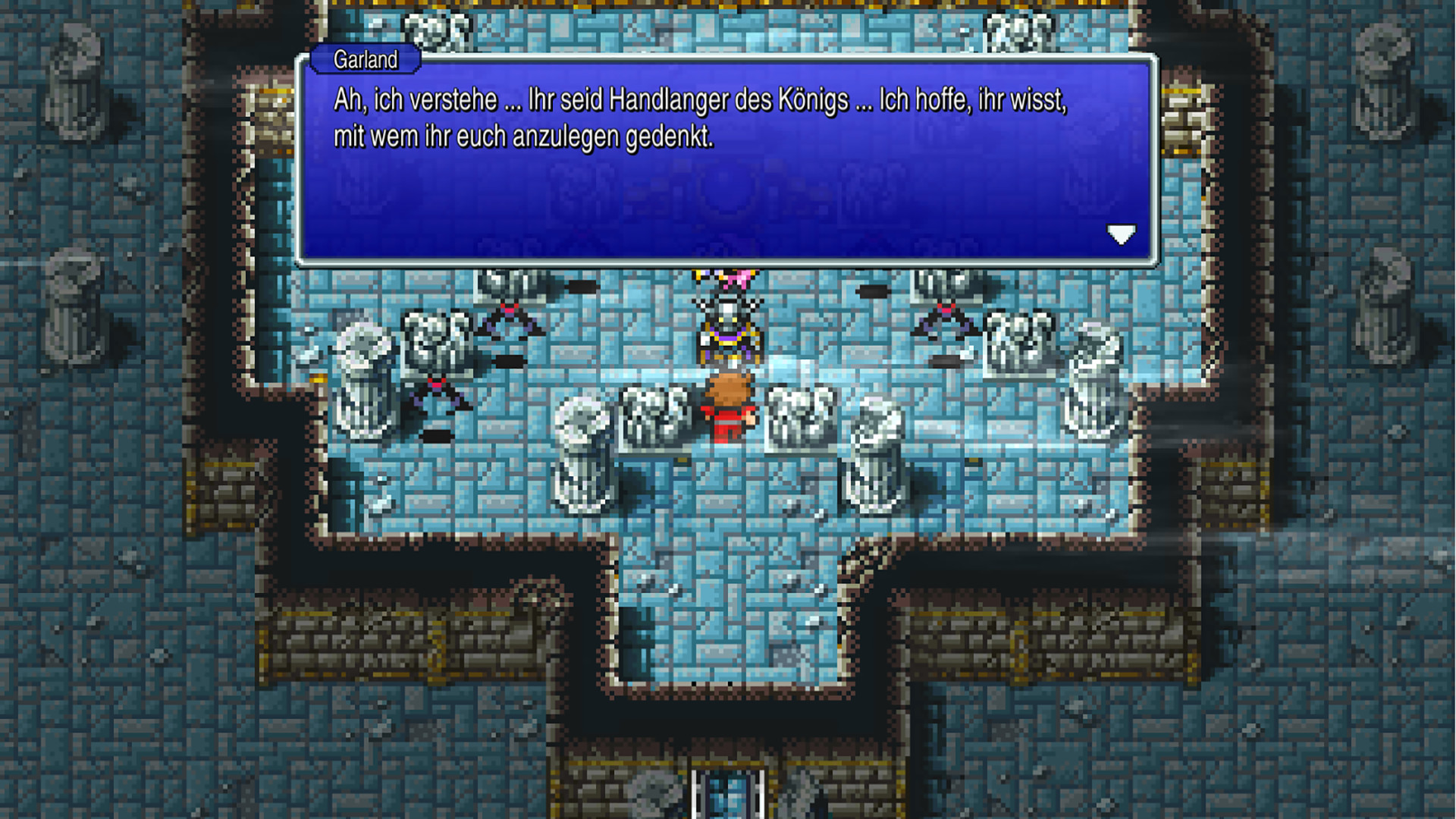

This again pushed the boundaries of JRPG storytelling and presented a threat beyond the usual evildoer it was a precursor to the more existential questions later entries would center around. The four main characters are once again blank slates who observe the world around them, but at least the secondary characters are more active and really guide the player through their world and the threat of the Cloud of Darkness.įinal Fantasy I dealt with an evil time loop, and Final Fantasy II saw hell itself break loose, so Final Fantasy III had players up against the void itself. Eternal Windįrom the first game, the concept of four Warriors of Light coming together and saving the world is back in Final Fantasy III, though the difference is that players get to see this journey from the very beginning, instead of the first game’s way of dropping the player into the thick of it abruptly.įinal Fantasy II’s more esoteric levelling up system was also replaced by traditional levelling, though what is great is that the second game’s penchant for sprawling stories, compelling secondary characters, and world-building all remain in this third game. This sort of free rein to introduce new mechanics and settings with each new entry definitely worked in Squaresoft’s favour, but the best part was that Final Fantasy III took the best parts of the first two games to make the definitive NES Final Fantasy experience. Many may have not been sure if Final Fantasy II was a direct sequel or not, but with Final Fantasy III, the franchise’s anthology-style approach was cemented.

When the time came to go big with their final NES game, Squaresoft definitely delivered.įinal Fantasy III once again gave Squaresoft the chance to tell a whole new story set in a new time and place. While the former was strictly fantasy and the other a space opera, Final Fantasy’s team was free to do what they wanted with their more sci-fi influences as a way to stand out from their competitors.


 0 kommentar(er)
0 kommentar(er)
